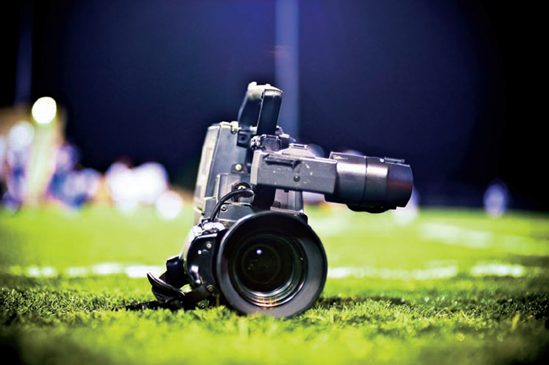Chapter 7. D-Movie
Since the introduction of the D90, Nikon has been adding video to most of its newer cameras with the exception of the entry-level camera, the D3000. Nikon has made a few improvements with the D300s, such as introducing the first dSLR with AF capabilities in Video mode.
Video mode on the D300s is, for all practical purposes, fully automatic. Once you switch to Video mode, the camera controls all the settings. Shutter speed and ISO can't be adjusted at all, and the aperture setting is locked in once Live View is activated. The only way to manually adjust the exposure is by applying exposure compensation. There are some ways to get around the total lack of control, which are covered as you move along through this chapter.

Understanding the limitations of the D300s' video function and learning how to work around them will get you good results.
About Video
Before getting into the nuts and bolts of Video mode in the D300s, it's best to do a little exploration into the realm of video. Video capture functions much differently than still-photo capture. Of course, all photography is capturing light by using a sensor (or film), a lens, and a lightproof box (your camera). Video is just digitally capturing still images at a high frame rate and playing them back sequentially.
It is important to note that the D300s is not a video camera. It's a still camera that just happens to record ...
Get Nikon® D300s: Digital Field Guide now with the O’Reilly learning platform.
O’Reilly members experience books, live events, courses curated by job role, and more from O’Reilly and nearly 200 top publishers.

